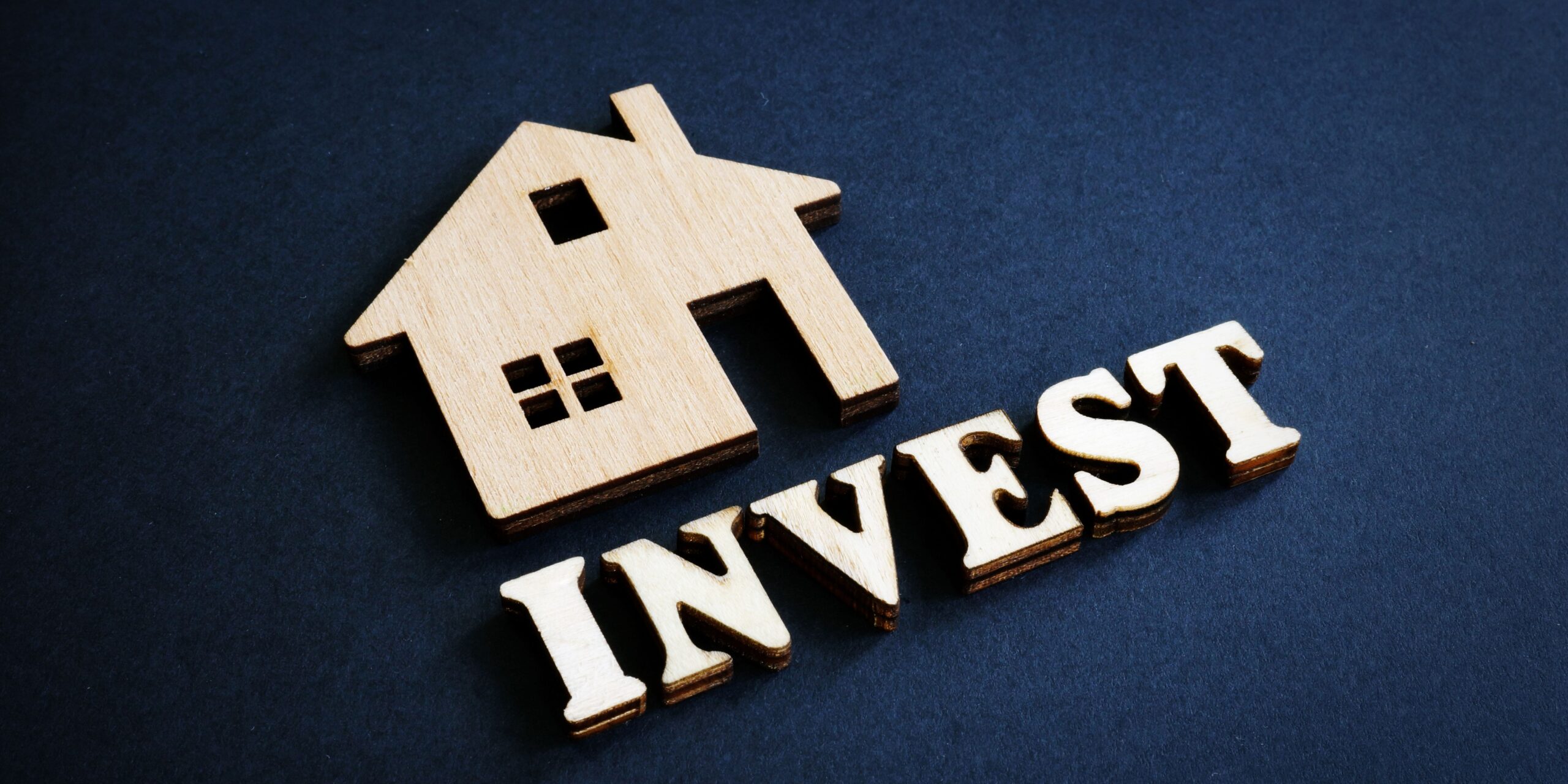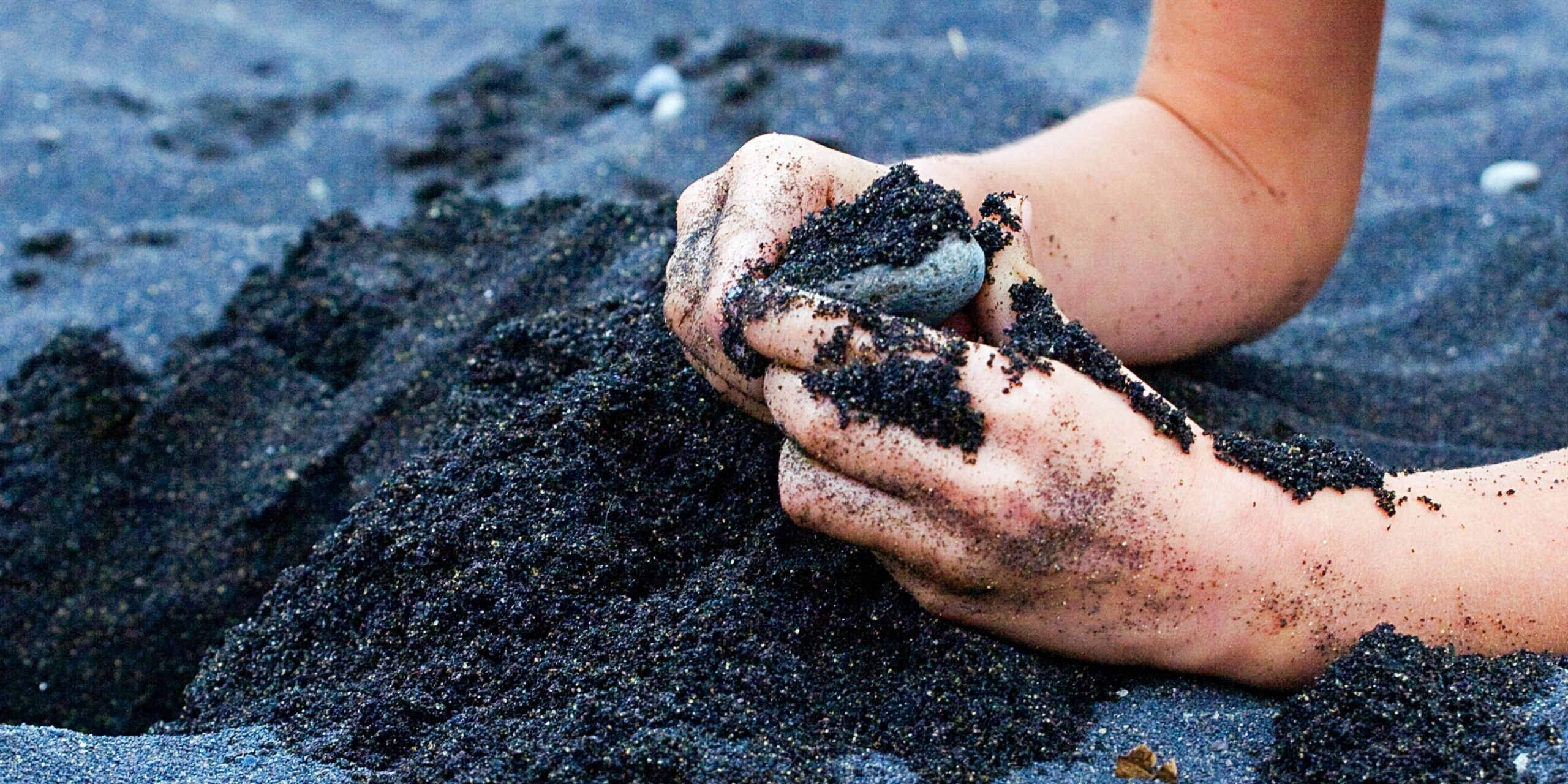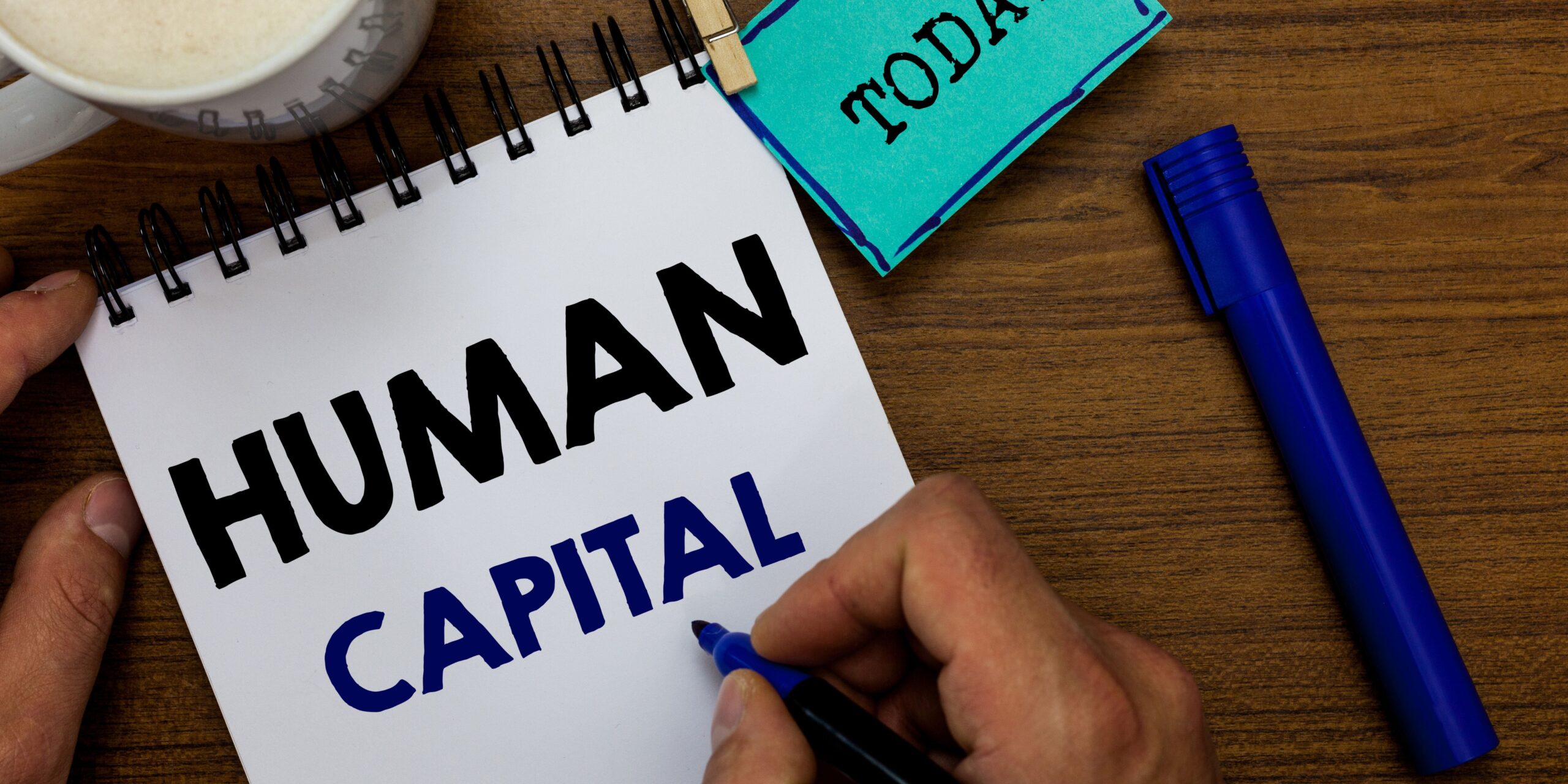Changing habits for the long term is a challenge many people are familiar with. The 4H model has emerged as an effective method for embedding simple actions into daily life and promoting an eco-conscious lifestyle. This approach supports anyone looking to adopt responsible practices or improve their professional efficiency. By understanding how the 4H model works, it becomes easier to evolve personal routines without losing motivation or sacrificing personal development goals.
Understanding the 4H Model and Its Usefulness
The 4H model is based on four key steps: Hit, Habituate, Harmonize, and Heroize. Each functions as a lever to facilitate the adoption of simple actions that lead to deep and lasting change. Using this model helps structure behavior change with coherence and continuity, two crucial elements for succeeding in an ecological transition and reducing daily waste effectively.
Over time, these phases work together to turn isolated efforts into genuine sustainable habits. Many users report significant improvements in both their environmental commitments and their professional performance after implementing the 4H model.
What Are the Core Principles of the 4H Model?
The principles of the 4H model aim to structure the shift from a one-time action to a fully integrated habit. Each phase follows a specific logic and reinforces the previous one to build momentum for sustainable behavioral change.
Hit: Trigger the Desire to Change
The first step is to hit, meaning to spark awareness of a behavior and encourage reflection. This breakthrough often comes from exposure to a powerful piece of information or an unusual experience. It’s the moment when you begin to question certain practices in favor of an eco-responsible lifestyle or to optimize your work organization.
For those just starting a sustainable prevention journey, this phase involves clearly identifying a problem: energy waste, unbalanced diet, or chaotic time management. Once this observation is made, the motivation to act naturally follows.
Habituate: Embed the Actions into Daily Life
After the initial shock, the focus shifts to gradually building new habits. To habituate means to repeat small, simple actions until they feel natural. This step is effective because it encourages a realistic, gentle evolution in behavior—crucial for both waste reduction and improving professional efficiency.
Implementing concrete, tailored actions is key. Examples include setting a regular break at work or always bringing a reusable bag to the store. The goal is to repeat the new behavior often enough that it becomes second nature. In fact, group activities like corporate team-building events can greatly enhance the adoption of new habits thanks to their collaborative dynamic.
Harmonize: Align Values and Behaviors
The goal of harmonizing is to ensure that new actions are aligned with one’s deeper values. Embracing an eco-responsible lifestyle means acting in accordance with your beliefs about sustainable consumption and ecological transition. This phase brings stability and longevity to the process, limiting the risk of reverting to old patterns.
Regularly checking if your environment—be it family, social, or professional—supports the maintenance of new habits is part of harmonization. It also builds self-confidence and perseverance as part of your personal development. Various methods can help strengthen group cohesion, such as organizing team-building-oriented activities, which greatly support the implementation of collective efforts.
Heroize: Acknowledge and Share Progress
Celebrating personal victories is essential to fueling ongoing motivation. Heroizing means giving meaning to your journey, inspiring others, and amplifying the impact of your behavioral changes.
Whether it’s sharing your success in waste reduction, offering feedback on improved professional productivity, or posting a sustainable tip, these acts reinforce the transformation and promote sustainable prevention in your circle.
How to Apply the 4H Model to Build Lasting Habits
Moving from theory to practice requires some organization and a few adjustments. Here’s how to efficiently integrate the 4H model into your daily routine and enjoy its benefits—both ecologically and professionally.
Break the Goal Down into Simple Actions
There’s no need for a radical transformation from day one. The ideal strategy is to focus on a few simple, accessible, personalized actions to kick off your ecological transition. For example:
- Gradually replacing plastic bottles with a reusable water bottle
- Choosing local and bulk products to support responsible consumption
- Adopting organized storage systems to boost professional efficiency
This progressive anchoring makes it easier to act even when motivation dips, helping to establish sustainable habits.
Set Visible Cues
Visual reminders are often very helpful to stay on track. Inspiring sticky notes, scheduled alarms, or dedicated apps serve as alerts to remind you of each new action.
Linking these signals to key moments of the day allows your brain to associate the task with a specific routine. This makes it easier to internalize the new behavior, which supports sustainable prevention and the success of your personal development goals.
Track Results and Adjust Your Pace
Reviewing progress is a critical step. Taking time to honestly assess the impact of a sustainable habit (e.g., saving time, reducing stress, better organization) encourages you to continue and refine your method.
Here’s a comparative table illustrating how to adjust the pace to your personal situation:
| Action Frequency | Possible Adjustment | Observed Benefits |
|---|---|---|
| Daily | Short, regular actions | Efficient routines, low mental load |
| Weekly | Adjust based on your schedule | Good planning, reduced fatigue |
| Occasionally | Update during specific events | Lower dropout risk, flexible for unforeseen needs |
This flexible approach keeps your ecological or professional journey on track while maintaining a clear vision of your goals.
Tangible Benefits of the 4H Model for Ecology and Personal Development
Long-term commitment through the 4H model brings numerous advantages, both individually and collectively. Surrounding yourself with clear cues and cultivating lasting habits benefits the environment, but also well-being and productivity.
One major benefit is the reduction of resistance to change. The ecological transition becomes less intimidating when taken step by step, each small success reinforcing the next. Active individuals also see a direct benefit to their professional efficiency, since organized routines free up time and simplify priority management.
The 4H method also encourages sharing and transmission. When new behaviors are visible, they spread to others, creating positive ripple effects where everyone contributes to sustainable prevention. Over time, your family circle or work team becomes more open to responsible consumption and develops a deeper eco-conscious lifestyle.
Finally, the model fosters a strong sense of achievement. Seeing your efforts pay off—like reducing household waste or improving personal development—nurtures long-term motivation.
Frequently Asked Questions about the 4H Model and Sustainable Habits
How do I choose which actions to turn into sustainable habits?
To successfully change behavior, start with simple actions that meet a real need or daily challenge. Begin with easy, measurable tasks like sorting your trash, cutting plastic use, or planning your day with an agenda. Moving step-by-step and gradually expanding your habit list makes them more likely to stick.
- Simplify: Focus on one new action at a time
- Observe: Evaluate results before adding more
- Adapt: Tailor to your own constraints
How long does it take to turn an action into a lasting habit?
Time varies depending on the action and your level of commitment. On average, it takes several weeks of consistent effort for a new behavior to become automatic. Some studies suggest most people see natural integration after 21 to 66 days of repeating a simple gesture.
| Type of Habit | Average Integration Time | Associated Tips |
|---|---|---|
| Simple (drink water, tidy up) | 2–4 weeks | Use reminders, visualize the action |
| Complex (change diet, recycle) | 6–10 weeks | Take it step-by-step, celebrate achievements |
Is the 4H model only for eco-friendly habits?
Not at all. The 4H model applies to any context requiring behavioral change or greater professional efficiency. It’s equally relevant in personal development, sports, nutrition, workflow improvement, or time management.
- Personal organization optimization
- Healthy digital and screen usage
- Learning new skills
What tools support the implementation of the 4H model?
Various tools can help you apply the 4H model in your routines. Habit-tracking apps, paper planners, and peer groups for sharing successes are especially helpful. Visual aids, to-do lists, and progress trackers also reinforce sustainable habits.
- Habit tracking apps
- Personal dashboards
- Support groups (forums, dedicated social networks)








